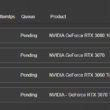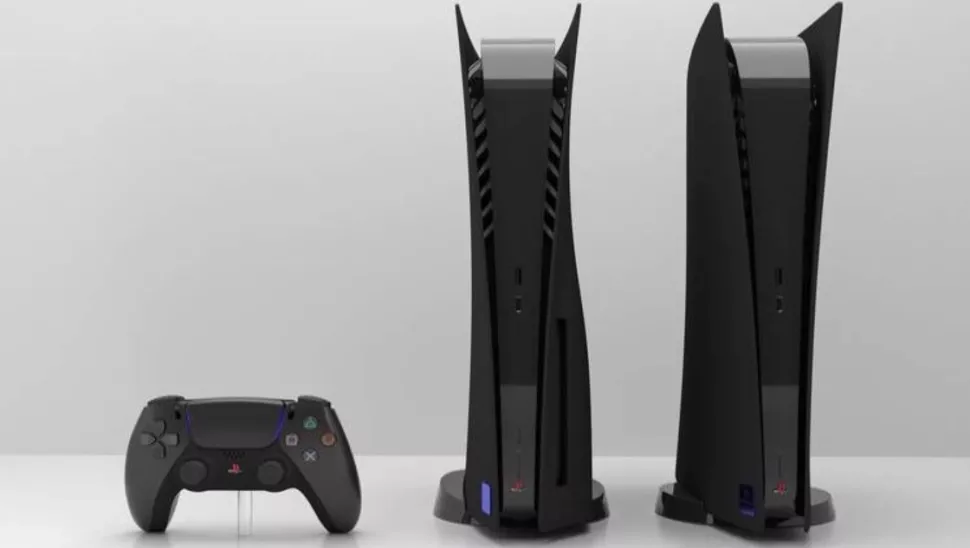
In November, 2020, Tom’s Hardware warned tech companies not to make high-end gaming PCs. In December, 2020, the same sentiment was echoed by ExtremeTech when they also warned that it was a bad time to manufacture high-end gaming PCs. Looking to the future, it seems as if the worst time to manufacture new gaming rigs is yet to come. Why? – Because the price tags of graphic cards by AMD and Nvidia, essential components of gaming systems.
The administration of President Donald Trump has imposed a 25% tax on all graphics cards that are imported from China. In order to absorb the increased tax rate, one manufacturer of PC parts has stated that they will be increasing the price of the components they manufacture, and it’s expected that other manufacturers of PC parts will follow suit. What does that mean? It means that consumers will pay the price.
For two years, it’s been known that components of personal computers would get caught up into the Trump administration’s trade war. Back in 2018, GamersNexus discussed how PC components could undergo price increases of up to 25 percent as a result of the categories that the Trump administration attempted to impose tax increases on. In an attempt to stave off the increased taxes on PC parts that are imported from China, Apple joined forces with the Trump team, which made it possible for them to construct the Mac Pro in the US, which were built with Chinese-imported components.
In September, 2019, buyers of graphics cards that are imported from China, including, of course, PC gamers, also avoided price increases, as President Trump’s administration gave modules for graphics processing and accelerators were granted exemptions. Just last week, The New York Times reported that the government had expanded a lot of the exemptions on tariffs until the end of the year. However, as 2020 has come and gone and no additional extensions were granted; in fact The Verge reported that the exemptions on graphics cards and motherboards have not been extended, but rather expired.
As per the Harmonized Tariff schedule from the US government, PC components imported from China would usually be exempt from taxes on imports. Now, however, under the “list 3” tariffs that were put forth in order to impose $200 billion of taxes on Chinese imports, vendors of motherboards and graphics cards need to determine how they are going to secure the extra 25% in order to cover the cost of the tariffs. Attempts to contact key manufacturers of GPUs and motherboards regarding the matter have gone unanswered, which is a bit suspicious. For example, a response to an inquiry made to MSI stated, “We cannot respond to your questions at this time. Thank you for your interest”.
Intel reports that the increased tariffs haven’t impacted them yet, but that could certainly change. Furthermore, Intel doesn’t exactly manufacture mass amounts of GPUs or motherboards. With that said, speculation regarding whether or not the price consumers pay isn’t needed, as Asus, the biggest manufacturer of motherboards and supplier of GPUs, has stated that it has already raised some prices and that it will continue to do so moving forward. An even bigger question is whether or not the increased prices will remain permanent. After reviewing a batch of next-gen graphics cards for PCs, AMD and Nvidia were given the benefit of the doubt, as it was assumed that consumers would be able to purchase them at sticker value; however, it turns out that wasn’t true, as there have been increased prices seen at some retailers
.









